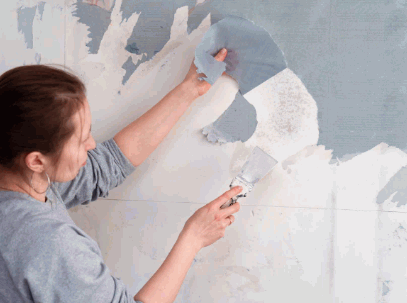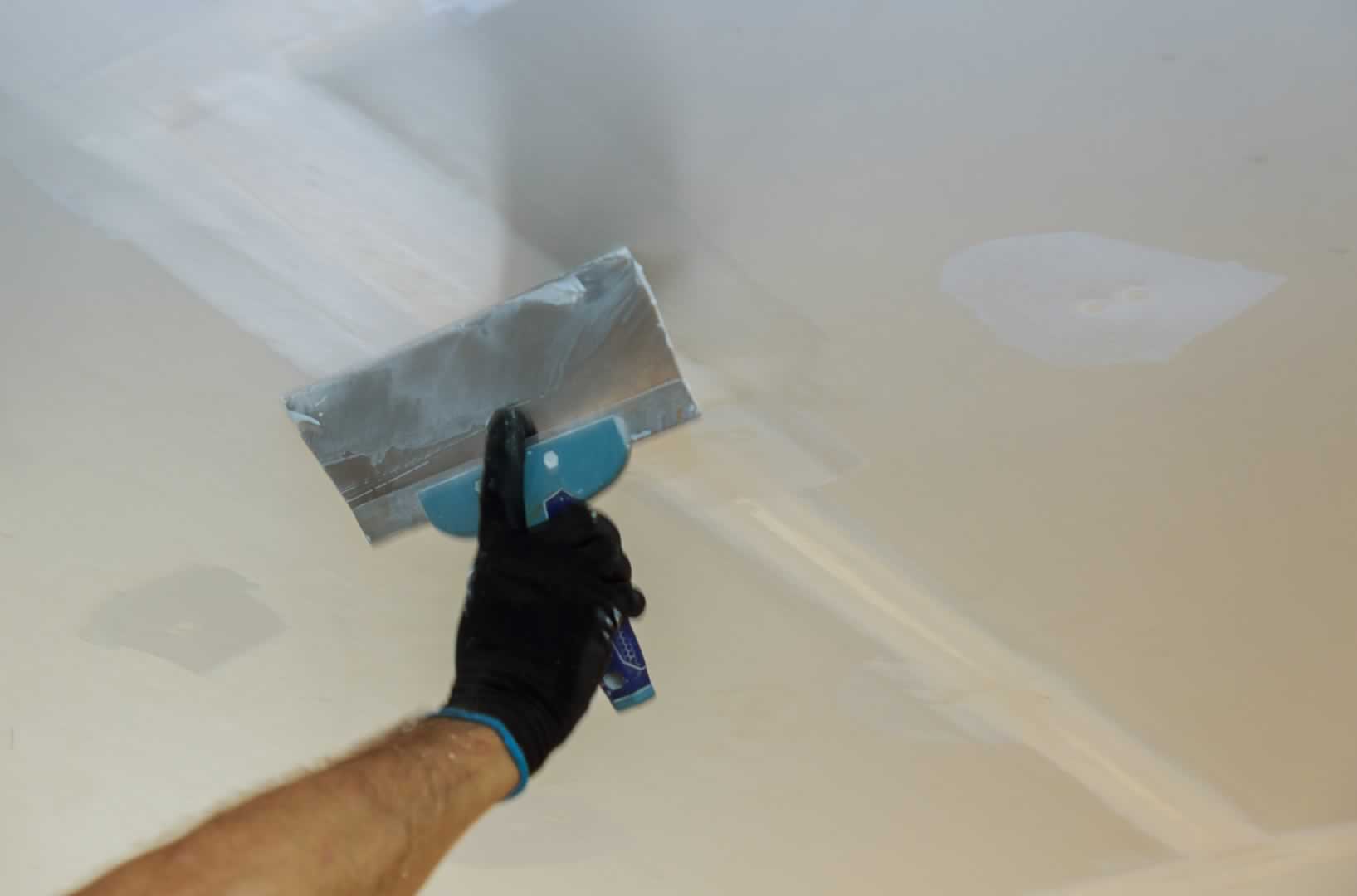Outside Plastering: Protect and Beautify Your Residential Or Commercial Property with Proficiency
Outside Plastering: Protect and Beautify Your Residential Or Commercial Property with Proficiency
Blog Article
Secret Tips and Tools for Effective Smudging in your house Renovation Endeavors
Achieving a perfect plaster finish in your home renovation tasks requires a blend of the right tools and proven methods. Essential applies such as the hawk and trowel are crucial for reliable application, while appropriate surface preparation lays the structure for success. Furthermore, recognizing the subtleties of mixing plaster and using it in slim layers can significantly influence the last result. As we discover these basic elements, it becomes noticeable that avoiding common mistakes can raise your plastering abilities-- ensuring your following task not only satisfies however goes beyond expectations.
Necessary Gluing Devices
A plasterer's toolkit is essential to attaining a smooth and resilient finish on ceilings and walls. The necessary devices encompass a selection of implements developed to assist in the plastering procedure efficiently and successfully. Trick elements include a hawk, which is a flat, square device made use of to hold the plaster while applying it to surfaces. This device enables easy transportation and application of the product.

Additionally, a mixing bucket is required for preparing plaster, ensuring the right uniformity before application. A gluing brush or sponge works for ending up touches and smoothing out appearances. Finally, safety devices such as handwear covers and masks need to be consisted of to safeguard the user from dirt and chemicals. With each other, these essential plastering devices make it possible for both specialists and do it yourself lovers to accomplish high-grade lead to their plastering jobs.
Surface Prep Work Techniques
Properly preparing the surface prior to gluing is vital for making sure bond and achieving a remarkable surface. The primary step entails cleansing the surface to remove any kind of dirt, oil, or old paint that may hinder the plaster's capability to bond effectively. A detailed wash with a suitable cleansing solution is advised, followed by allowing the surface and rinsing to dry entirely.
Following, examine the surface for any type of splits or imperfections. These must be loaded with an appropriate filler compound and allowed to treat according to the producer's guidelines. For permeable surface areas, using a primer is vital to develop a consistent texture and enhance bond.
Additionally, it is crucial to guarantee that the surface area is secure and structurally sound. Any type of loosened products, such as flaking paint or harmed drywall, ought to be repaired or gotten rid of. Consider utilizing a scrape coat to improve grasp. if working with stonework surfaces.
Combining Plaster Like a Pro

Utilizing a clean blending container, put the water first, after that gradually include the plaster powder while mixing constantly. This method assists to protect discover here against clumping and makes sure an even distribution of products.
When mixed, permit the plaster to relax for a few minutes to allow the gypsum crystals to moisten completely. This pause boosts workability and lowers the threat of fracturing during application. By following these steps, you can blend plaster like a professional, establishing the structure for a successful gluing task in your home improvement undertakings.
Application Methods for Smooth Finishes
With the plaster combination prepared to the suitable consistency, the next action includes picking suitable application approaches to achieve a smooth coating. This tool enables for a penalty, even circulation of plaster throughout the surface while lessening trowel marks.
Begin by using a generous amount of plaster to the surface area using the trowel, guaranteeing it adheres well. Use a systematic method, working from the lower higher. As soon as the first coat is used, make use of a sweeping activity to smooth the surface area, using even stress. In locations that require even more precise focus, take into consideration making use of a float, which can help eliminate any type of blemishes and produce an uniform structure.
For the last touches, a wet sponge can be utilized to fine-tune the surface area even more. Lightly mist the plaster with water and gently rub the surface area to achieve a polished impact. Constantly remember to function in tiny sections to maintain control over the application process, making sure a smooth, expert finish throughout your plastering job.
Common Blunders to Prevent
When beginning on a plastering project, staying clear of typical blunders is important for accomplishing a remarkable surface. Make sure that all dust, grease, and loose materials are gotten rid of before using plaster.
Another usual blunder is applying plaster too heavily. Thick layers can crack as they dry, jeopardizing the honesty of the finish. Rather, select multiple thin layers, enabling each layer to dry totally prior to applying the next.
In addition, inadequate blending methods can cause inconsistent appearance and workability. Always adhere to the maker's directions for blending ratios and extensively blend the plaster to accomplish a consistent consistency.

Timing likewise plays an essential function; plaster must be applied while the substratum is wet to enhance adhesion. Lastly, stay clear of utilizing improper tools. High-grade trowels and floats can make a significant distinction in achieving a smooth finish. By steering clear of these typical risks, you can boost the high quality and longevity of your plastering job, causing an extra professional lead to your home improvement ventures.
Final Thought
Reliable gluing calls for a comprehensive understanding of crucial devices and techniques. Proficiency of these aspects not only contributes to browse around this site the visual charm of an area visit this website yet likewise guarantees longevity and long life in plastering projects, making them indispensable to effective home renovation endeavors.
A float is one more critical tool, which assists in leveling the plaster and attaining a consistent surface.

By following these actions, you can mix plaster like a pro, setting the foundation for a successful gluing job in your home improvement ventures.
Lightly mist the plaster with water and carefully rub the surface to achieve a sleek impact.
Report this page